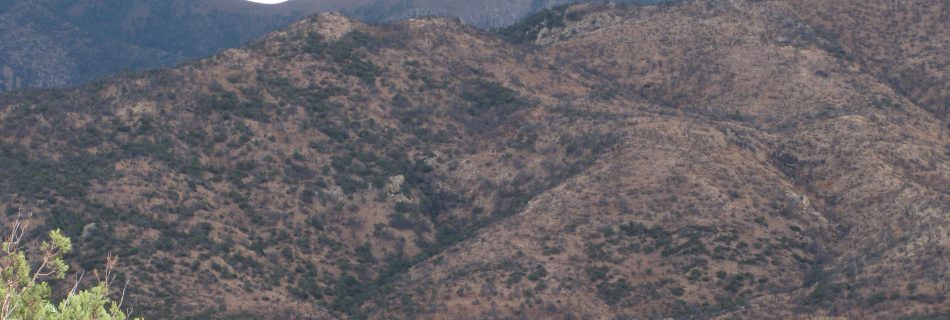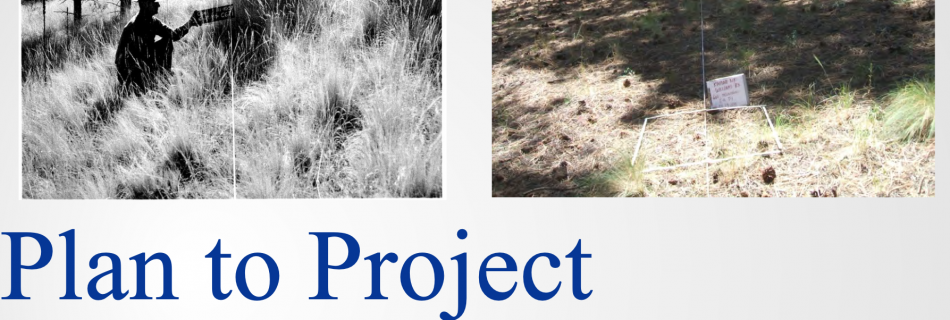March 2012: FRCC Workshop – (Albuquerque, NM and Flagstaff, AZ)
Fire Regime Condition Class (FRCC) assessments have been widely used for evaluating ecosystem status in many areas of the U.S. FRCC employs state-and-transition modeling to describe historical vegetation and fire regimes, which provides reference information related to landscape fire frequency, severity, and vegetation composition. Similarity indexing is used to compare historical versus current vegetation and …
Read more “March 2012: FRCC Workshop – (Albuquerque, NM and Flagstaff, AZ)”


